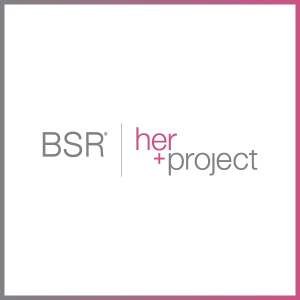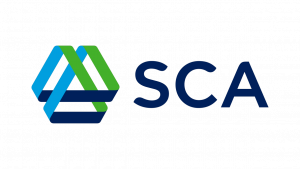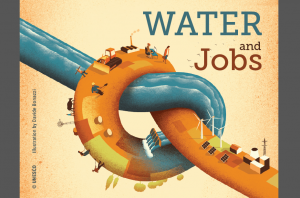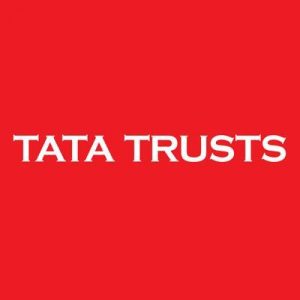Overview
As part of WaterAid’s engagement with H&M to improve conditions for garment factory workers in H&M’s supply chain, it undertook a baseline study of conditions for garment workers at their homes.
The study did not focus on conditions or services in factories – except where relevant e.g. time taken to get to work, medical services etc. The study found that:
Local bottled water used by workers was popular but not safe:
- 5% unsafe, high risk for Escherichia coli related illness
- 38% high risk/probably unsafe
- 29% intermediate risk/probably safe
- Only 27% of local bottled water samples contained a safe level of 0 MPN/100ml Escherichia coli
Domestic water at home:
- 89% of workers relied on boreholes for their water source, but complain about the smell and color
- 5% of workers relied on a public standpipe
- High demand for water in worker’s housing
- Electricity cuts happen often, particularly during weekends which means they are unable to access water
- The cuts lead folks to have to rely on ponds and other sources for water which takes time
Basic level of sanitation and hygiene:
- Toilets available to everyone
- 63% toilets shared with others – up to 27 people
- 74% toilets flush to septic tank, others to pits or unknown
- 53% of toilets not clean, 7% filthy
- Bathing in yard 87%
- Basic handwashing facilities
- Hygiene avoidance during menstruation
- Common illnesses – diarrhea – related to poor food quality and water
- Low health, nutrition, and menstruation awareness
Country(ies) where the intervention is taking place
Baseline study made in Myanmar, other Asian markets may be added later on.
Lead Organization
WaterAid, H&M.
Objectives
Improve WASH for factory workers and those living in surrounding communities;
Improve performance of supplier factories;
To understand current living conditions of workers and their families;
To gather information from which to prioritise and plan a future improvement program;
To implement H&M’s commitment to its workforce;
To influence wider policy change in the manufacturing garment sector;
To improve health and wellbeing of workers.
Target markets
Apparel.
Workplace Setting
Factory.
Scope of intervention
Suppliers, communities
Which elements of WASH are covered?
Safe water, sanitation, hygiene, behavioral change, Menstrual Health Management (MHM).
Which elements of the Framework for Business Action on WASH are covered?
Make a commitment; Assess & Prioritize areas for action; Taking Action
Links to learn more
http://about.hm.com/content/dam/hmgroup/groupsite/documents/masterlanguage/CSR/reports/2015 Sustainability report/HM_SustainabilityReport_2015_final_FullReport.pdf
Contact
Ruth Romer (RuthRomer@wateraid.org)






